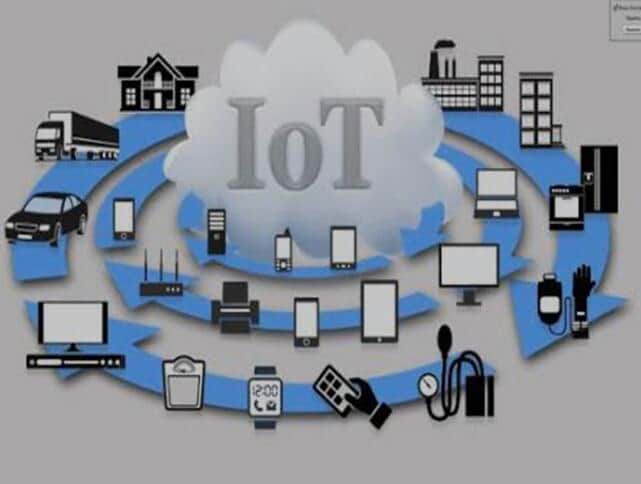
In fact, the Internet of Things is not happening now, and there have been related references as early as 20 years ago.
For example, in 1990, the first IoT device, the Xerox network cola vending machine, appeared; in 1995, Bill Gates also mentioned the Internet of Things in the book The Road to the Future; 1999, Professor Kevin Ash-ton of the Massachusetts Institute of Technology (MIT) first proposed the definition of the Internet of Things.
Why are technologies related to the Internet of Things, such as NB-IoT, LoRa, eMTC, etc., frequently appearing in our cognition, including various news and exhibitions? What is the difference between the current Internet of Things and the past?
In the course of human development for thousands of years, various tools have been continuously derived to replace manual labor and liberate oneself, so as to improve production efficiency.
For the development of today's society, communication is also a tool that needs to be used in the development process. With a powerful communication network, the boundaries of human control can be infinitely expanded. What humans can control is no longer an object around them, but a distant object, or a huge system. For example, a city-level system or even a national system. The Internet of Things is such a tool that helps connect and control everything.
The industries currently available to the Internet of Things are mainly concentrated in transportation, environmental protection, public facilities, medical care, manufacturing, commercial finance, and households.
What we call the Internet of Things is the Internet of Things based on wireless local area network (WLAN) technology. The Internet of Things terminal accesses a wireless router or a dedicated gateway device. The camera, door and window sensor, smart light at home can only be connected to Wi-Fi, and controlled by Wi-Fi, just like the PC computer at home. Although the Wi-Fi Internet of Things is convenient, it is too power hungry. For example, the door and window sensor will change the battery in less than a week. So slowly Zigbee, with Bluetooth. However, the power consumption is still high and the battery is still not enough. Moreover, their transmission distance is too short. For example, Bluetooth, your house is a little bigger, there is no signal, and the connection is broken.
WLAN Internet of Things, the needs of home use can not be met, let alone industrial enterprise application scenarios. When grazing livestock, can't you just put it within 50 square meters? When monitoring the manhole cover, can't I put a WiFi router on each side of the manhole cover? When monitoring the meter's electricity meter, can't you change the battery for three days? Therefore, the WLAN Internet of Things has not been accepted by the market.
Now, the "LPWAN" IoT technology represented by NB-IoT and LoRa has emerged. LPWAN (Low-Power Wide-Area Network) IoT technology completely solves the problem of WLAN Internet of Things.
Taking NB-IoT as an example, its advantages are as follows: wide coverage, high gain, large coverage area, good signal quality, and low network construction cost! Low power consumption, a battery for 10 years, get rid of the dependence on power and wires. Completely no "line"! The big connection determines that it supports a large number of terminals, and a cell can hold tens of thousands of points! Low cost, only tens of dollars per communication module (and even a few dollars in the future), the price is cheap!
Cost is a key indicator of whether a technology can be put into use. At present, technologies such as NB-IoT have both good performance parameters and low cost in the market, and they already have the conditions for mature applications.
Therefore, the current Internet of Things is the real Internet of Things. In the era of the Internet of Things, the era of the Internet of Things has really come.